 Getty Images
Getty ImagesProtests against President Donald Trump have taken place in towns and cities across the US, organised by a group called “No Kings”.
The demonstrations were held to counter a rare military parade hosted by Trump in Washington DC, and came after days of protests in Los Angeles and elsewhere over his immigration policies.
Lawmakers, union leaders and activists gave speeches in cities including New York, Philadelphia and Houston to crowds waving American flags and placards critical of Trump.
The military parade on Saturday evening, also Trump’s birthday, was timed to celebrate the 250th anniversary of the US Army. He warned that any protests at the parade would be met with “heavy force”.
Organisers said there were hundreds of protests with millions of participants.
In Philadelphia, people gathered in Love Park. “I just feel like we need to defend our democracy,” Karen Van Trieste, a 61-year-old nurse, told the Associated Press.
She said Trump’s staffing cuts to public health agencies were one of the reasons why she turned out.
One of the larger crowds was in Los Angeles where leaders and law enforcement have been on high alert during days of protests, sometimes violent, against a series of deportation raids.
Trump sent in the state’s National Guard a week ago against the wishes of Governor Gavin Newsom and to the anger of local officials.
On Saturday, Jose Azetcla, a member of the civil rights group the Brown Berets, told the BBC in Los Angeles that it was immigration that brought him out on to the streets.
“It’s not harsh, it’s evil. You don’t separate families,” he said.
There were confrontations between protesters and National Guard soldiers near the Federal Building and tear gas was fired to disperse the crowds.
But a block or two away, hundreds of protesters continued marching peacefully.
Despite the largest outpouring of protests since Trump was re-elected, opinion polls indicate his immigration policies remain broadly popular with the public.
A CBS/YouGov survey last week found 54% of Americans approved of his policy to deport immigrants who are in the US illegally – 46% disapproved.
A plurality of Americans (42%) said Trump’s programme was making them safer and 53% said he was prioritising the deportation of dangerous criminals.
The “No Kings” name of the protests refers to criticism that Trump has overstepped the limits of presidential power in his second term.
The president stood to salute as some of the thousands of uniformed soldiers taking part in the parade marched past, alongside dozens of tanks and military vehicles, plus marching bands.
He spoke briefly to thank those present for their service.
“Our soldiers never give up. Never surrender and never, ever quit. They fight, fight, fight. And they win, win, win.”
Some politicians and former military leaders have criticised the event as a costly vanity project. The price tag is between $25m and $45m (£18.4m to £33.2m), according to the Army.
But many of those attending told the BBC that for them it was about celebrating the military, to which some of them held a deep connection.
When Melvin Graves returned from fighting in Vietnam, he got no parade, he said, so this was as close as he would come to one.
Mr Graves acknowledged politics played a part in the event but added: “This is about honouring these men and women who served, to thank them for their service.”

The last US military parade was held by President George HW Bush in June 1991, celebrating the US-led victory in the Gulf War.
A crowd of 200,000 people attended the parade to cheer on veterans, peaking at 800,000 who watched the fireworks display, the LA Times reported at the time.
The numbers at Saturday’s event was well below that, partly due to wet conditions and the forecast of heavy rain.
For younger veterans, the parade was something they never saw during their time in service.
Brian Angel, a former infantryman from Virginia who served in the Army between 2014 and 2017, including a stint at the border between South and North Korea, told the BBC he wanted to see more of this.
“Every branch should get some sort of parade or recognition.”
 Getty Images
Getty ImagesSome experts saw an uneasy juxtaposition between US soldiers marching through the capital while troops had been deployed by the president to deal with protests in LA.
Security expert Barbara Starr told the BBC: “Because of that polarisation right now over this immigration debate and the use of troops in uniforms carrying weapons, I think it does overhang this parade in a way that was perhaps not originally envisioned by the army.”
Some of the “No Kings” demonstrations in the state of Minnesota were cancelled by organisers after flyers for the event were found in the car of the man accused of fatally shooting a state politician and her husband.
Governor Tim Walz urged people not to attend protests until the suspect had been arrested but that did not stop thousands turning out.



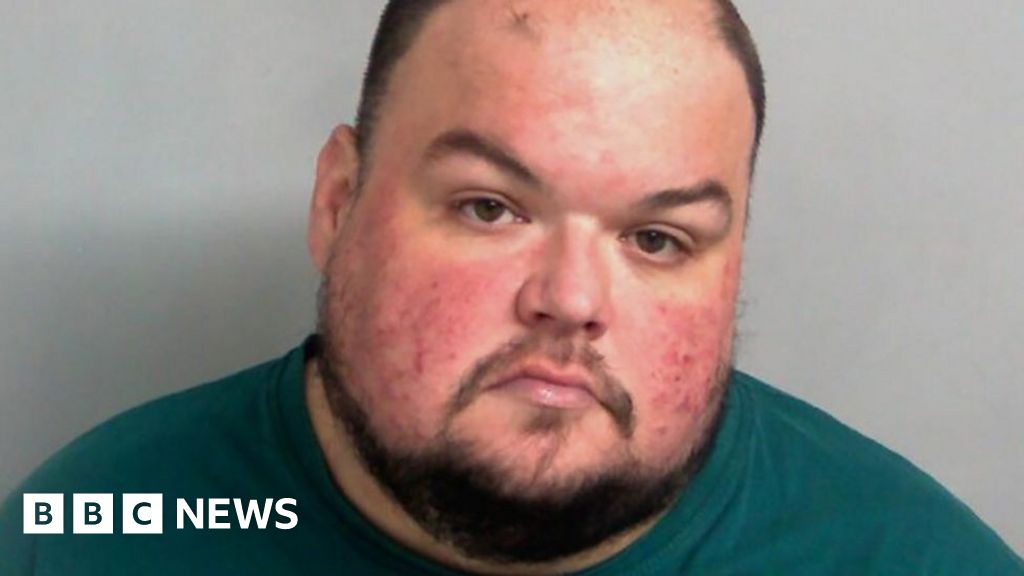
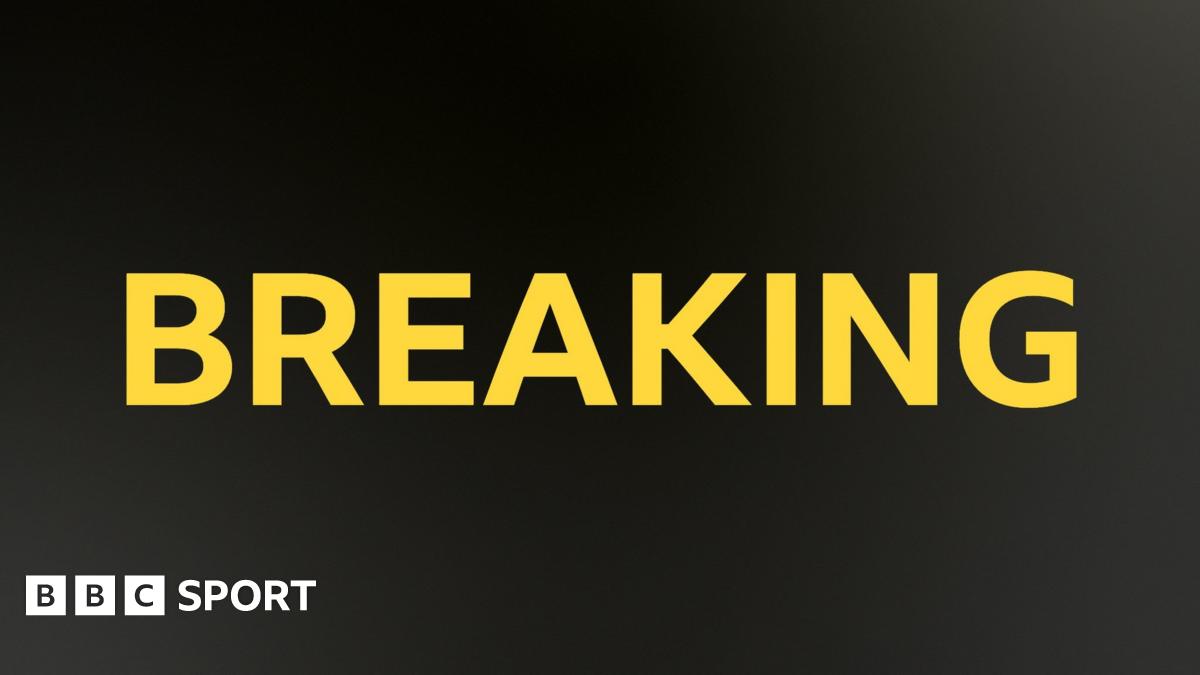
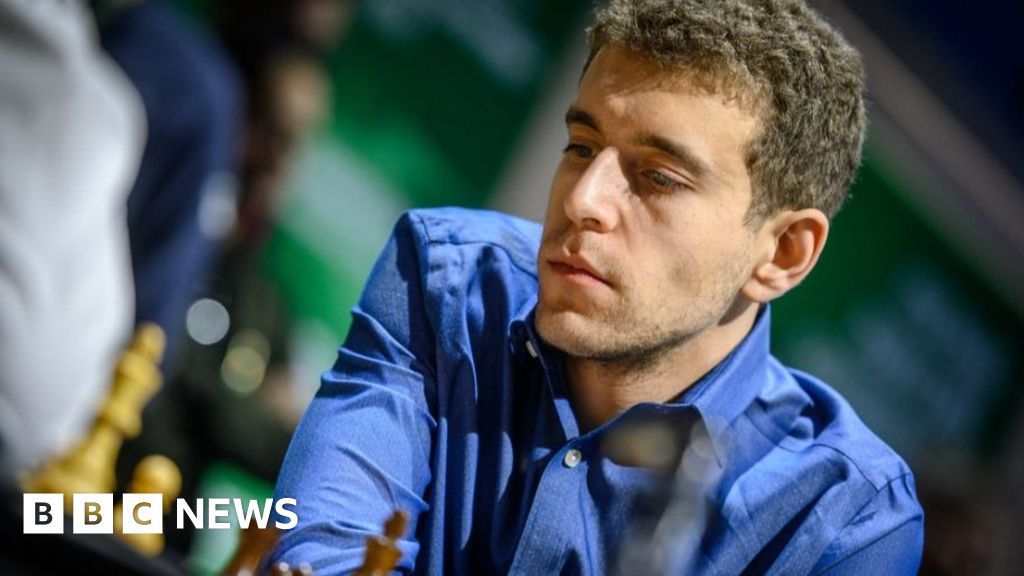


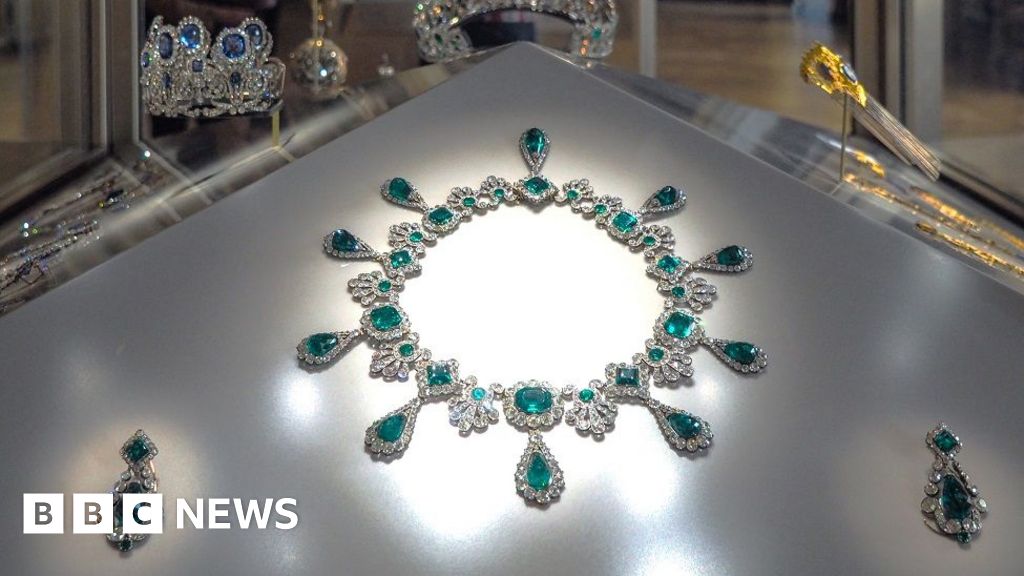
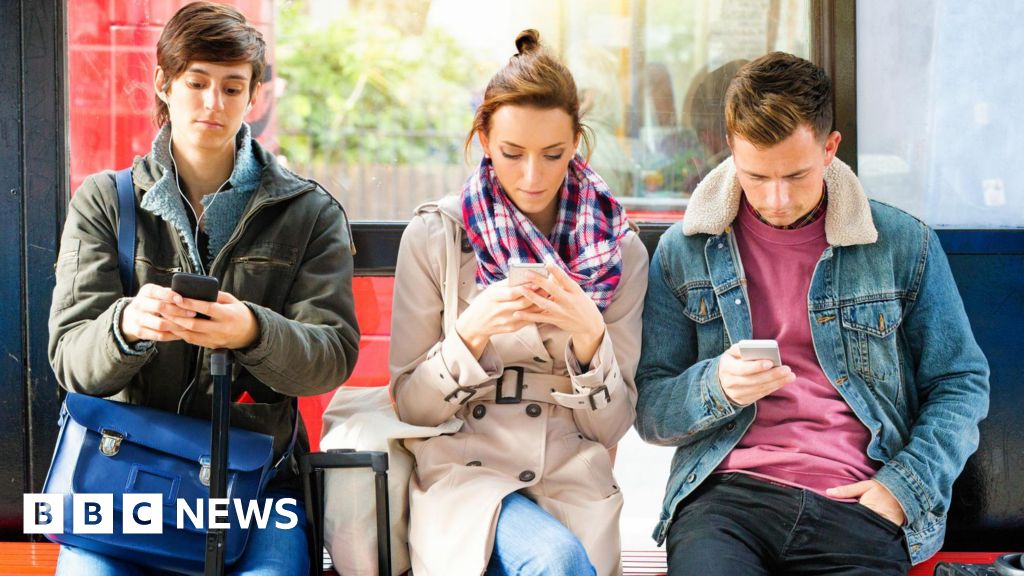

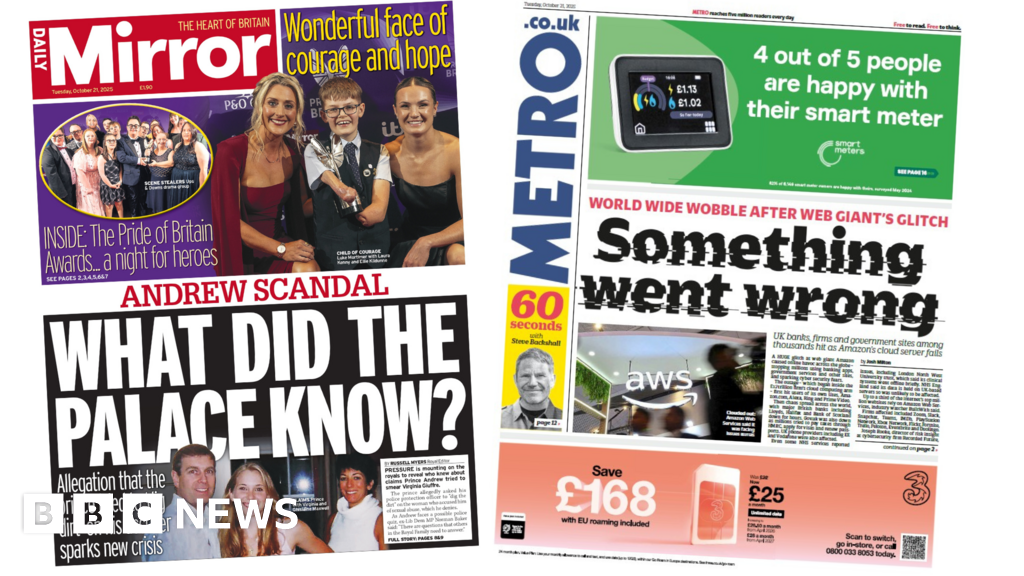
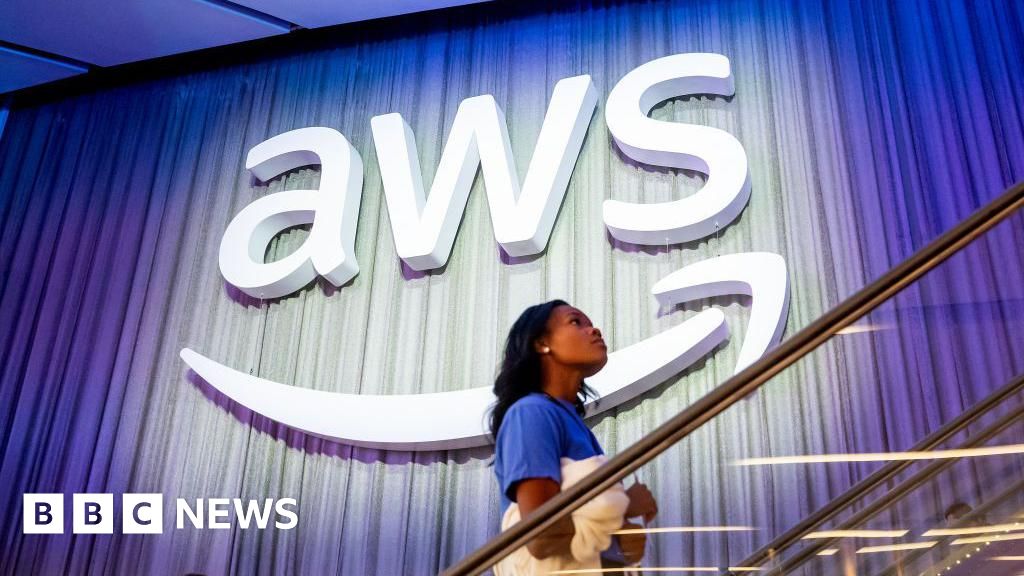
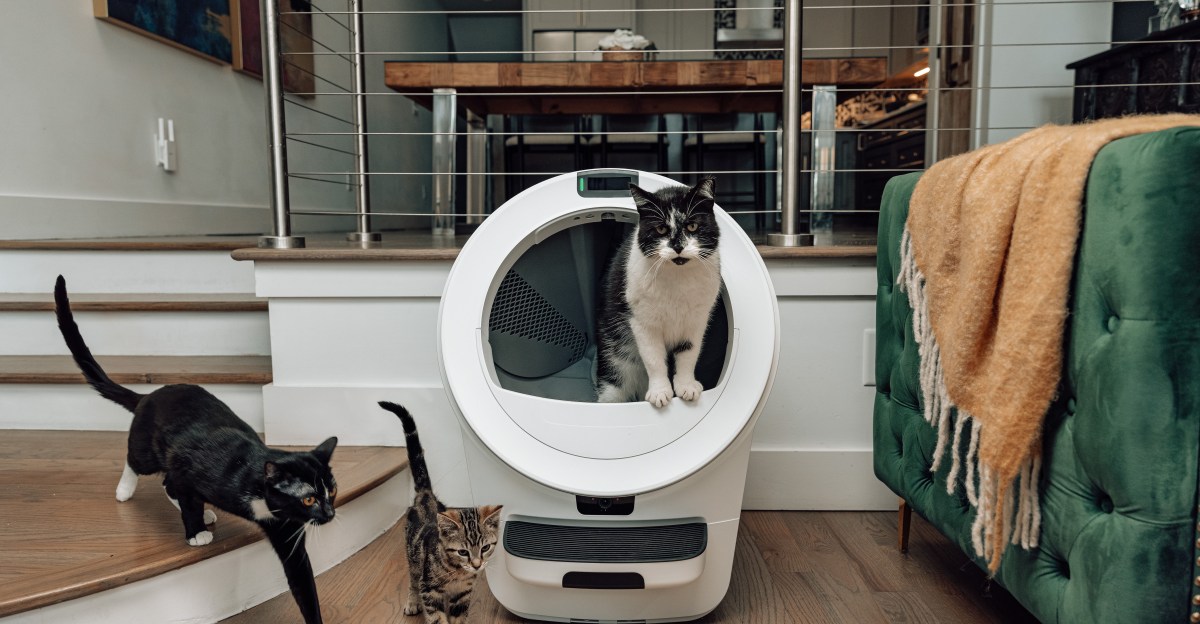

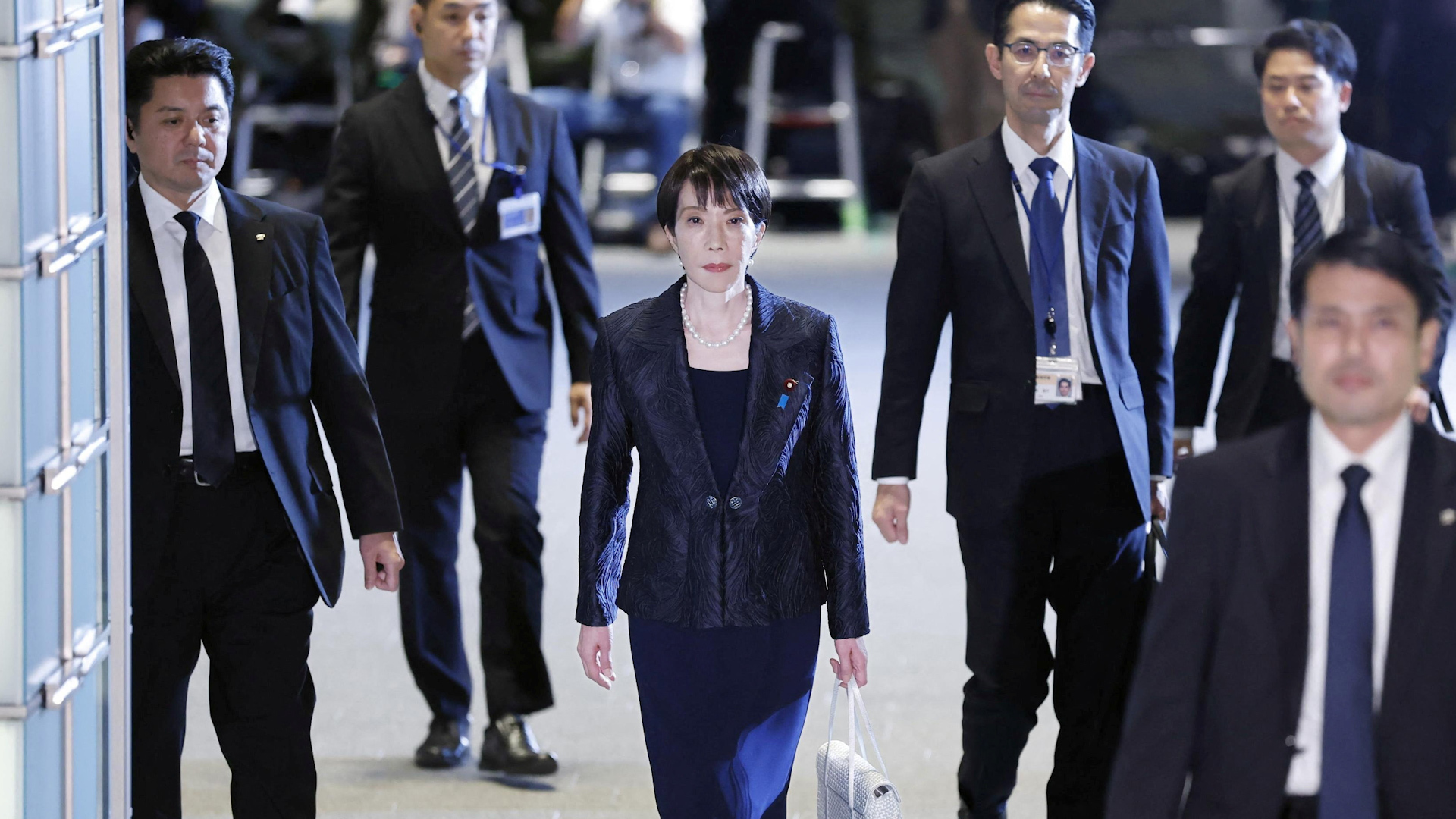
Leave a Reply